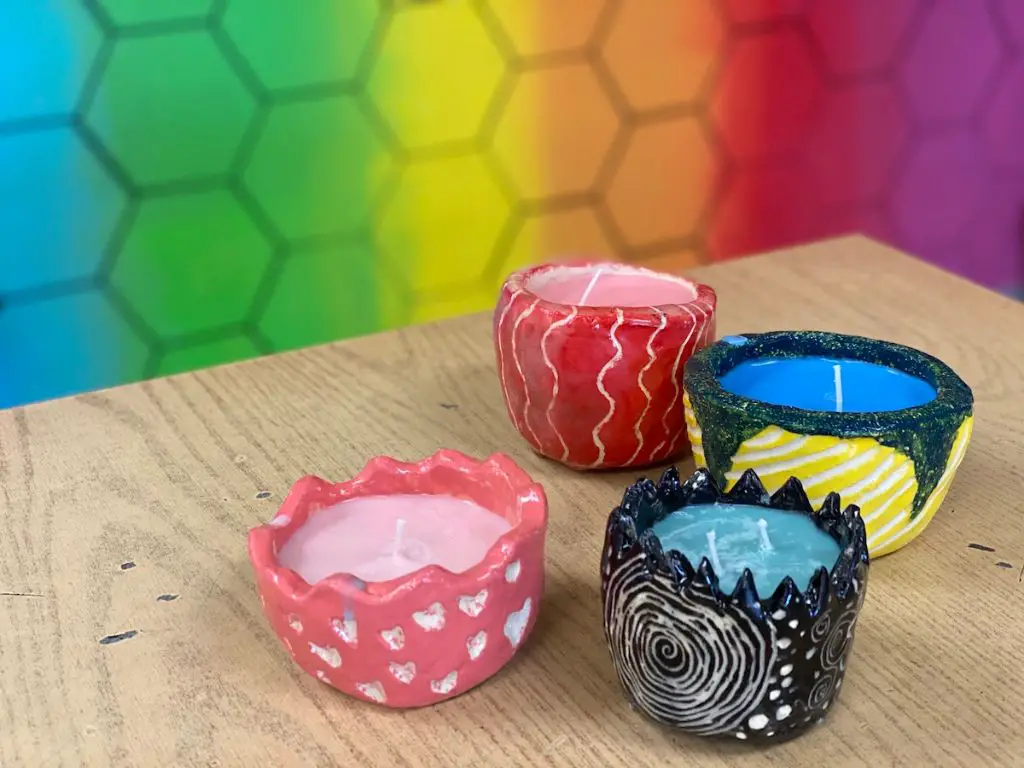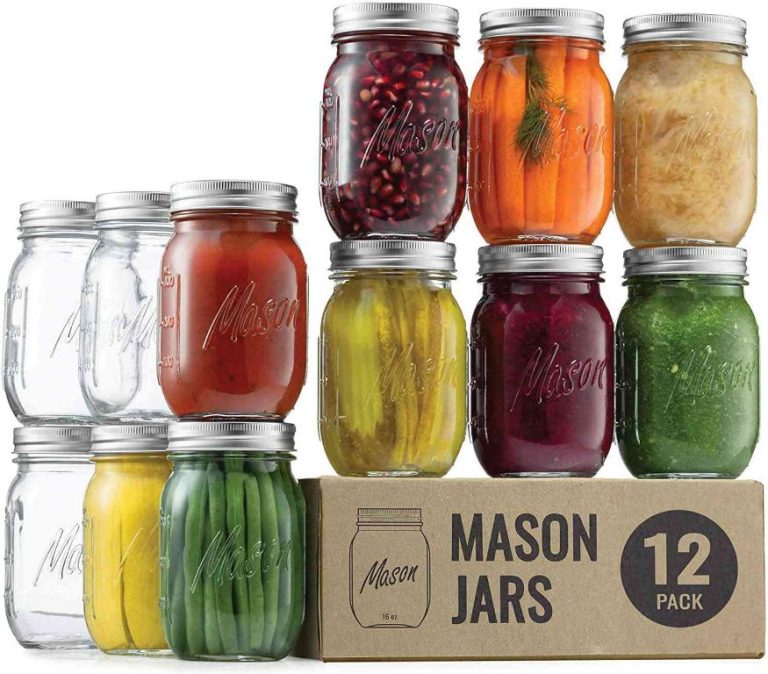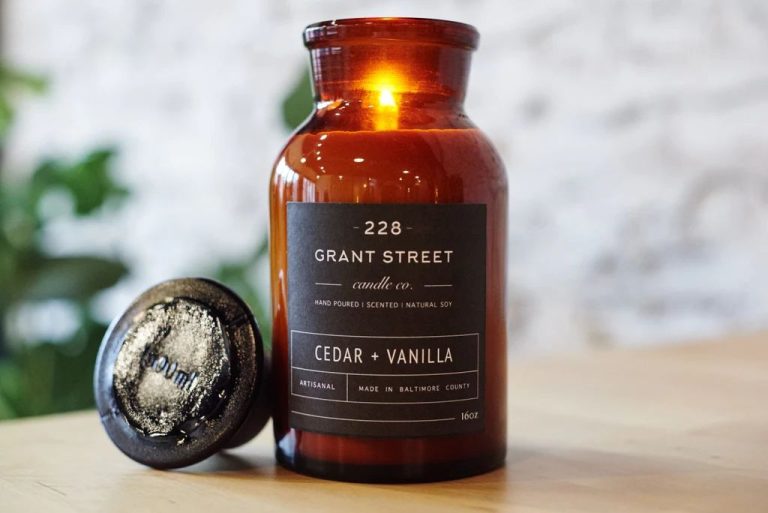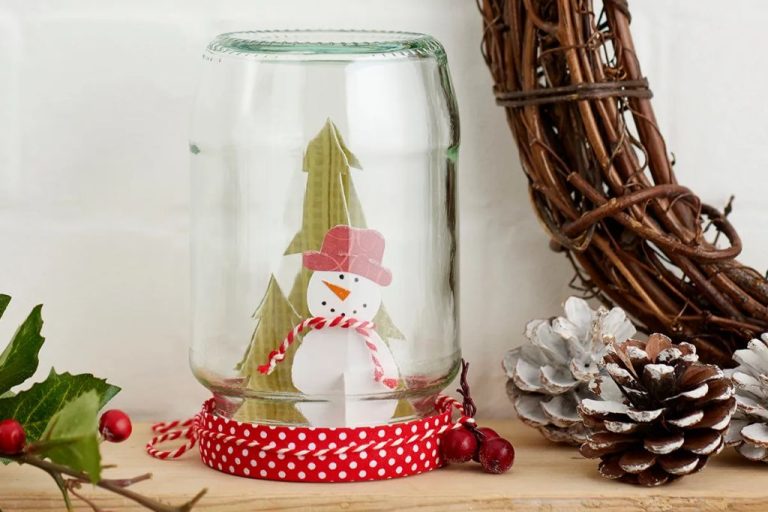Can You Put Candles In Ceramic Jars?
Putting candles in ceramic jars can be a beautiful, decorative way to enjoy candlelight in your home. Ceramic as a material offers both advantages and disadvantages for candle vessels compared to glass or metal. The porous nature of ceramic allows some interaction between the candle wax and the vessel. Overall, candles can be safely used in ceramic containers by selecting an appropriate jar, wick, wax, and taking proper precautions.
The advantages of ceramic jars for candles include the ability to add custom decorative elements more easily than glass, and a natural, rustic aesthetic. However ceramic can get quite hot while candles are burning which requires caution. The candle wax can also penetrate the porous ceramic material over time which requires extra maintenance and cleaning. With prudence ceramic jars can be used safely and add a unique flair over common glass vessels.
Safety Concerns
When choosing a ceramic container for candles, it is important to consider flammability and heat resistance. Ceramic is generally regarded as a safe material for candle making, as it is non-flammable and can withstand high temperatures. However, there are some key factors to keep in mind.
Some ceramics may contain materials that could increase flammability, such as metallic paints or glazes. It’s best to avoid highly decorative containers and opt for plain, unfinished ceramics without any added paints or glazes. According to Life N Reflection, bare clay or unfinished terracotta pots make excellent candle containers.

Additionally, rapid temperature changes can cause ceramic containers to crack. Allowing proper cooling time between burns prevents thermal shock. Thicker ceramic provides better insulation and resistance to cracking from heat. Choose a sturdy, thick-walled container designed for high temperatures.
Jar Material Options
When choosing a ceramic jar for candles, there are a few common types of ceramic to consider:
Terracotta: Terracotta ceramic is made from natural clay and fired at a low temperature. It has an earthy red/orange color and more porous surface compared to other ceramics. Terracotta absorbs moisture well, so it’s important to seal the inside of the jar properly before adding wax. Terracotta allows more air flow, so may not be best for candles with a strong scent throw. Sources: https://www.roetell.com/a-complete-guide-to-types-of-candle-jars/, https://villagecraftandcandle.com/blogs/news/what-type-of-jars-are-best-for-candles
Stoneware: Stoneware is fired at a higher temperature, creating a less porous surface that is more durable and watertight than terracotta. Glazed stoneware comes in a variety of colors and provides a smooth surface for clean burning and maximum scent throw. Unglazed stoneware is also available with a more matte look. Stoneware is excellent for candle making. Sources: https://www.lifenreflection.com/safe-candle-containers-for-candle-making/, https://villagecraftandcandle.com/blogs/news/what-type-of-jars-are-best-for-candles
Porcelain: Porcelain is the most impermeable ceramic made from finer clay and fired at an even higher temperature. It has a glassy white appearance and smooth surface. Porcelain provides excellent scent retention for candles and resists moisture absorption. The thinner material conducts heat well but may be prone to cracking from temperature changes. Sources: https://www.roetell.com/a-complete-guide-to-types-of-candle-jars/, https://villagecraftandcandle.com/blogs/news/what-type-of-jars-are-best-for-candles
Candle Types
There are several main types of candle wax commonly used in candle making:
Paraffin
Paraffin wax is a petroleum byproduct made from crude oil. It is the most commonly used candle wax. Paraffin burns cleanly and evenly, and is inexpensive. However, some find the scent unpleasant. Paraffin works well in a wide variety of jar styles.
Source: https://www.candlemakingsupplies.net/which-candle-jar-to-use-for-beginner-candle-makers
Soy
Soy wax is made from soybeans. It burns slower and cooler than paraffin. Soy candles are often promoted as more environmentally friendly. However, soy can be more difficult to work with and may not retain scent as well. Care should be taken in jar selection to prevent overheating.
Beeswax
Beeswax is a natural wax made by honeybees. Beeswax candles burn brighter and longer compared to other waxes. They have a subtle natural honey aroma. Beeswax adheres well to glass and ceramics, making it a good choice for jars.
Gel
Gel wax contains mineral oil blended with paraffin or vegetable oils. Gel candles burn slow and cool without dripping. They work well in glass containers of all shapes and sizes. However, gel wax can be tricky to prepare and pour properly.
Wick Selection
Proper wick selection is crucial for safe and effective candle burning. The wick acts as the fuel delivery system for the candle, drawing wax up to the flame. There are a few common materials used for candle wicks:
Cotton – Cotton wicks are the most popular choice for candles. Cotton burns cleanly, evenly, and predictably. Different cotton fibers and braiding types allow wicks to be customized for the candle’s wax type and jar size. See Elements of a Candle: Wicks for more details. PLC Wick – Candle Wick from Candle Supply Company
Wood – Wooden wicks create a natural, crackling sound when burned. Popular options are bamboo and wood chips. Wood wicks require careful trimming to avoid smoking or flaring up.
Paper – Paper wicks are economical and easy to source. However, they tend to curl and leave residue behind. Most paper wicks are only suitable for small candles and tea lights. PLC wick – Candle Wick from Candle Supply Company
Choosing a properly-sized cotton wick is generally the best option for most candle jars and fills. Consider testing different wicks to find the perfect balance of full melt pool, no mushrooming, and clean burn.
Preparing the Jar
Before adding wax to a ceramic jar, it’s important to properly prepare the vessel. Start by thoroughly cleaning the jar to remove any dust, oils or residue. Use warm soapy water and scrub the inside with a bottle brush or rag. Rinse and dry completely. According to Dream Green DIY, “Start by wiping out your ceramic cup with a clean rag to get rid of any loose dust or moisture.”
Next, prime the inside of the jar so the wax will adhere properly. Apply painter’s tape around the rim to prevent the primer from getting on the outside. Use a high heat primer spray paint made for ceramics and carefully coat the entire inside surface. Allow the primer to fully cure per the directions on the can. The primer creates a tacky base so the wax won’t slide off the glazed ceramic surface when melted. With the jar cleaned and primed, it’s ready for adding wax.
Adding Fragrance
Adding fragrance is key to creating enjoyable scented candles in jars. There are two main options for scenting jar candles – essential oils and fragrance oils.
Essential oils are extracted from plants and capture the natural aroma of ingredients like lavender, eucalyptus, and tea tree. They can provide therapeutic benefits. However, essential oils are more expensive and may not always produce as strong of a scent.
Fragrance oils are synthetic oil-based scents designed to mimic natural aromas or create unique complex scents. They are generally more affordable than essential oils. Fragrance oils also tend to be stronger, last longer, and have better cold throw than essential oils. Just be sure to use a fragrance oil safe for candles.
No matter which scent you choose, add fragrance at a rate of 1-2 ounces per pound of wax. This will provide enough fragrance without overwhelming the candle. Gently stir to evenly distribute the scent through the wax before pouring into jars.
For more tips on scenting candles, check out this candle making site.
Jar Decor
Decorating the jars adds visual interest and allows for personalization. There are several simple techniques to decorate the candle jars before adding wax:
Painting
Acrylic paint pens allow you to create designs, patterns, and words directly on the outside of the jar. Let the paint fully dry before burning the candle. Bold colors like black, white, and gold pop against ceramic.
Stencils
Reusable stencils can add shapes, symbols, or words to the jars. Place the stencil against the jar and apply acrylic paint with a brush or sponge. Metallic paints work well for a glamorous effect.
Glazing
Ceramic glazes come in various finishes like gloss, satin, or matte. Brush glaze on the outside of the jar and fire it in a kiln according to manufacturer instructions. This provides a smooth, durable colored coating.
Burn Time
The burn time of a candle refers to how long a candle will last before all the wax is used up. There are several factors that affect a candle’s burn time, including the diameter, height, and type of wax used.
In general, larger candles with a bigger diameter and more wax will have a longer burn time. Taller candles also tend to burn slower than shorter candles because more wax is exposed to the wick at once. According to Candles Burn Time, an 8 oz glass jar candle burns for 50-55 hours while a 16 oz jar burns for 105-110 hours.
The type of wax impacts burn time as well. Soy wax typically has a longer burn time than paraffin wax. Beeswax candles may burn the longest but are generally more expensive. When buying or making a candle, check details on diameter, height, and wax type to estimate the potential burn time.
Maintenance
Proper maintenance of your candles in jars is important for performance and longevity. Here are some key tips for maintenance:
Trimming the wicks: Be sure to trim the wick to 1⁄4 inch before each lighting to avoid smoking and uneven burning. Use wick trimmers designed for candles.
Storing: When not in use, store candle jars out of direct sunlight and away from heat sources. This helps preserve the scent and color.
Cleaning: Allow the candle to burn out completely and cool before cleaning the jar. Use hot water to melt remaining wax and dump out. Avoid scraping wax against the glass. Once empty, wash with mild dish soap and dry thoroughly before refilling. Refer to this source for more tips.



